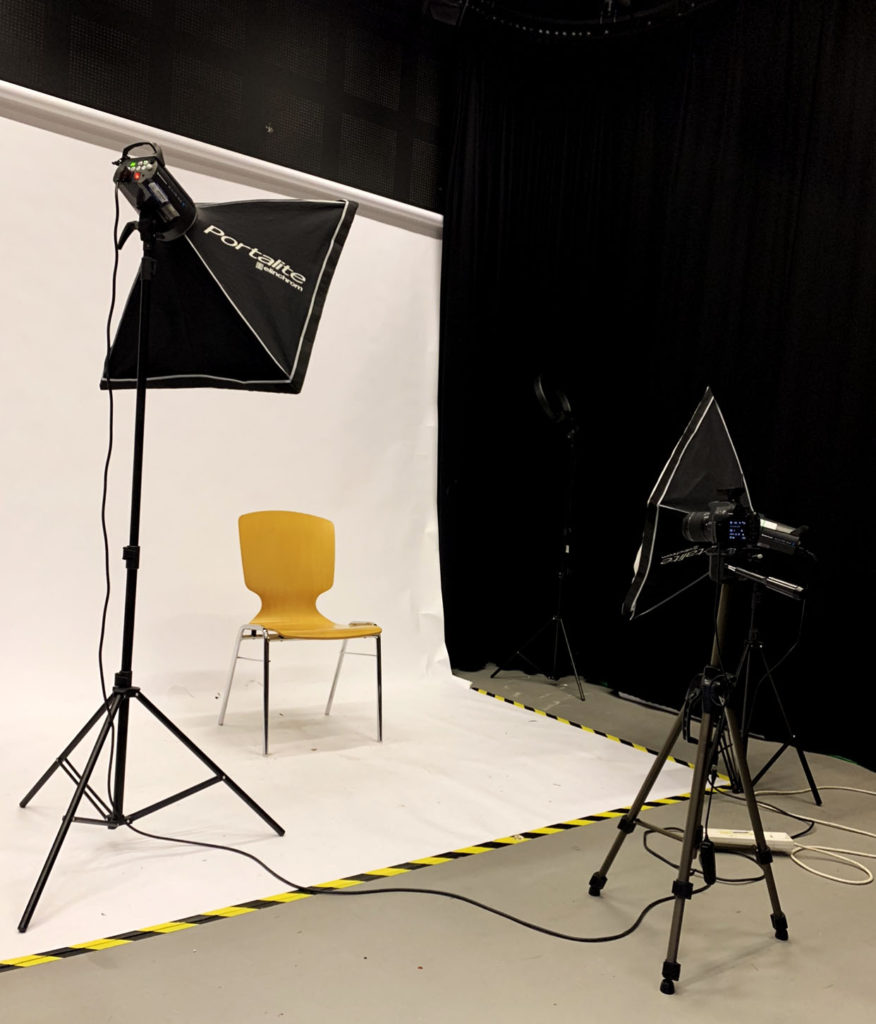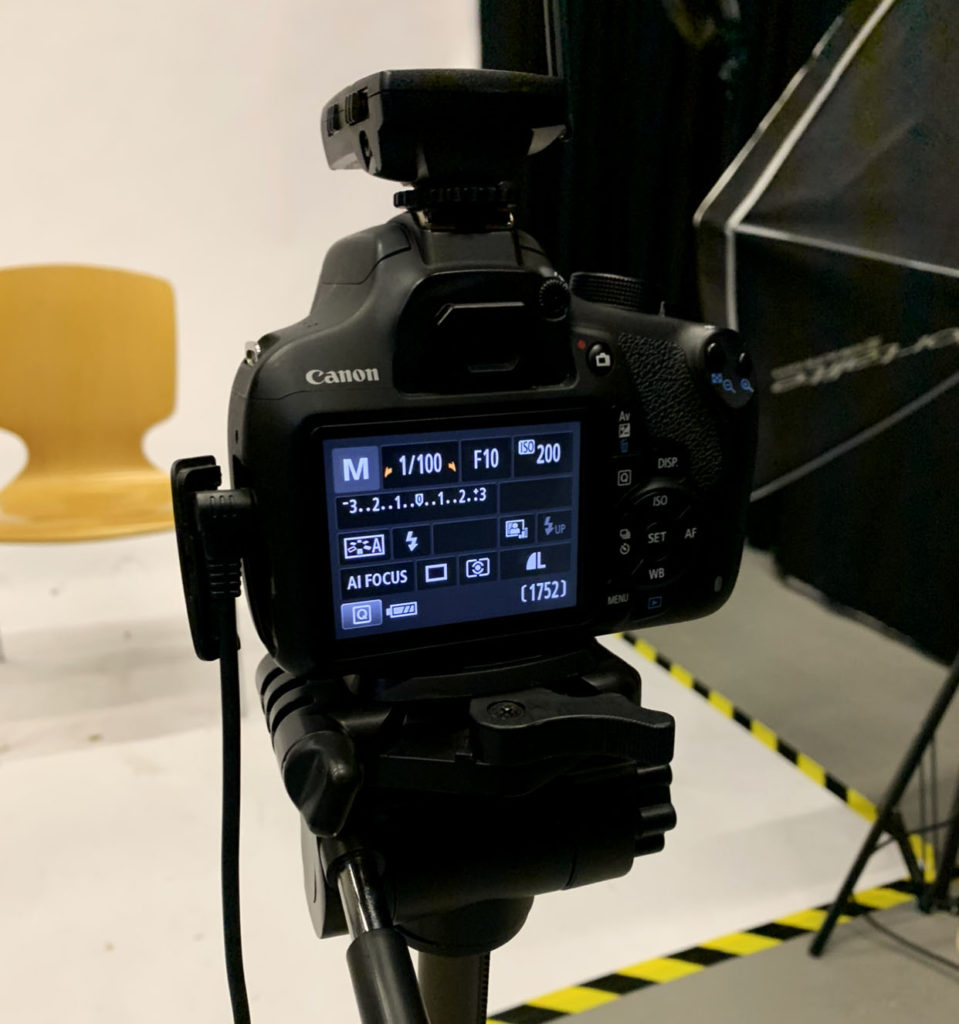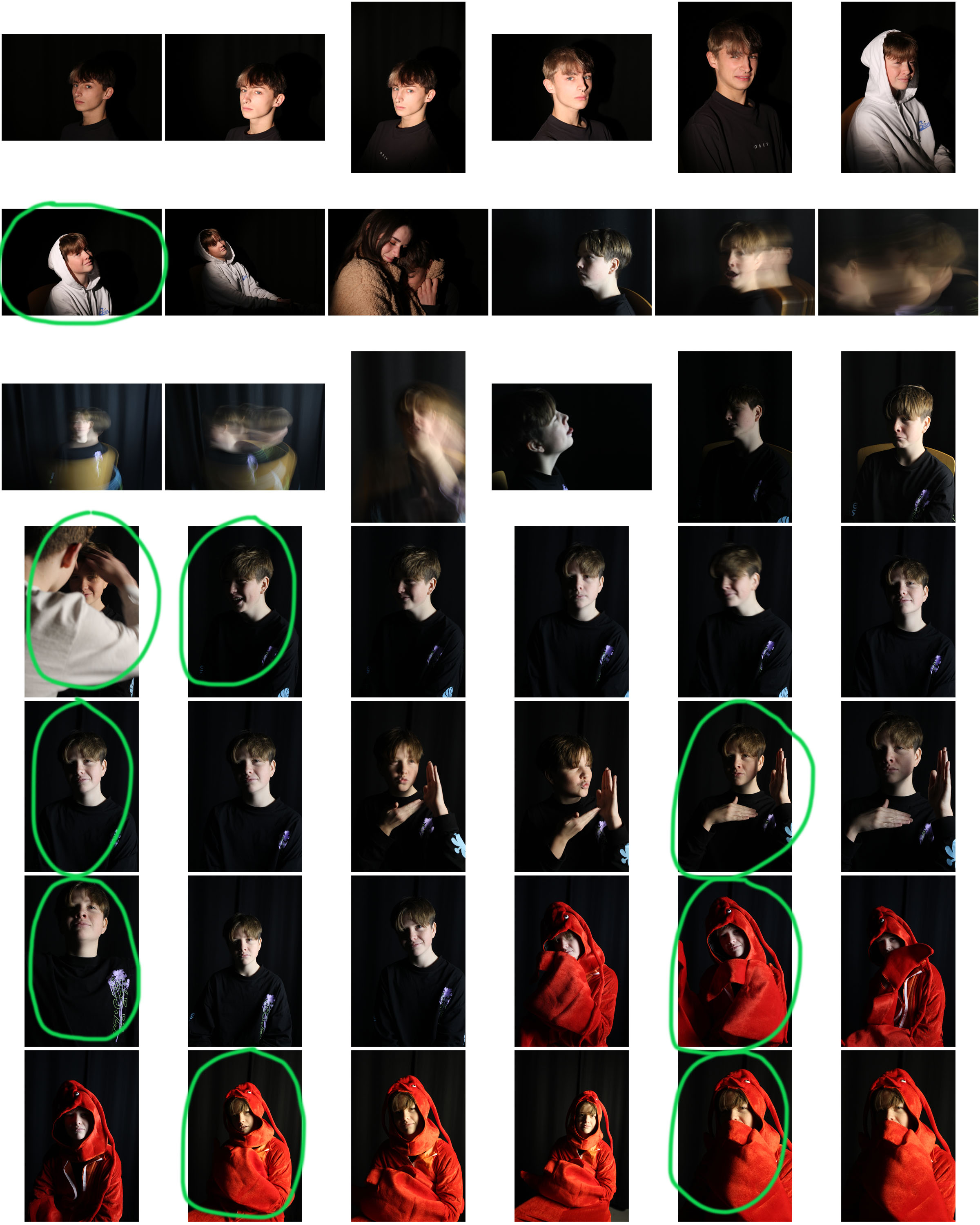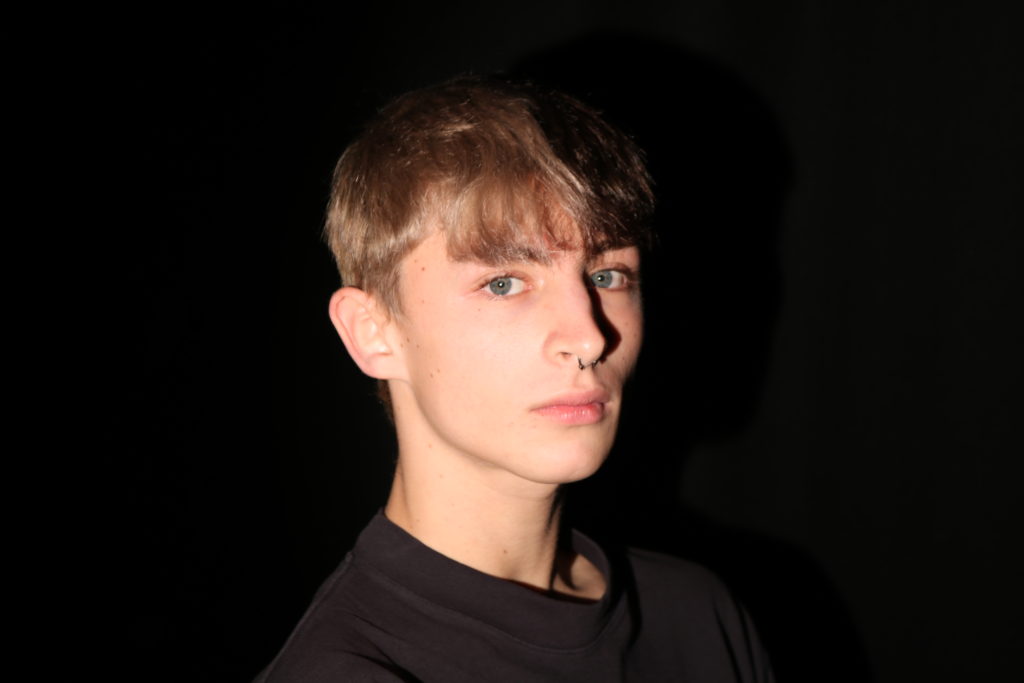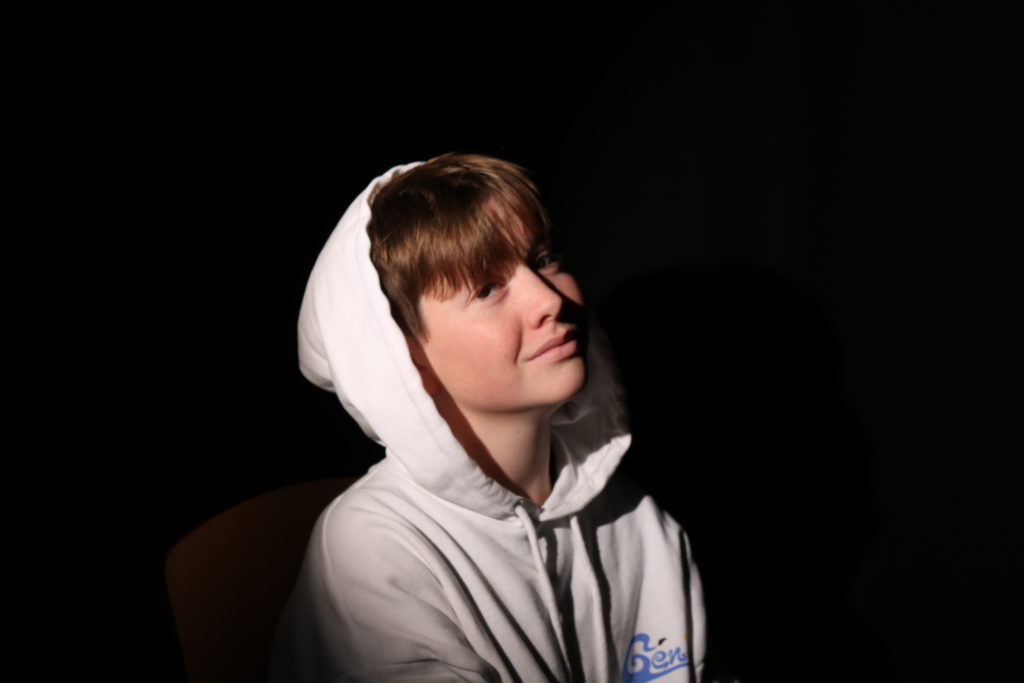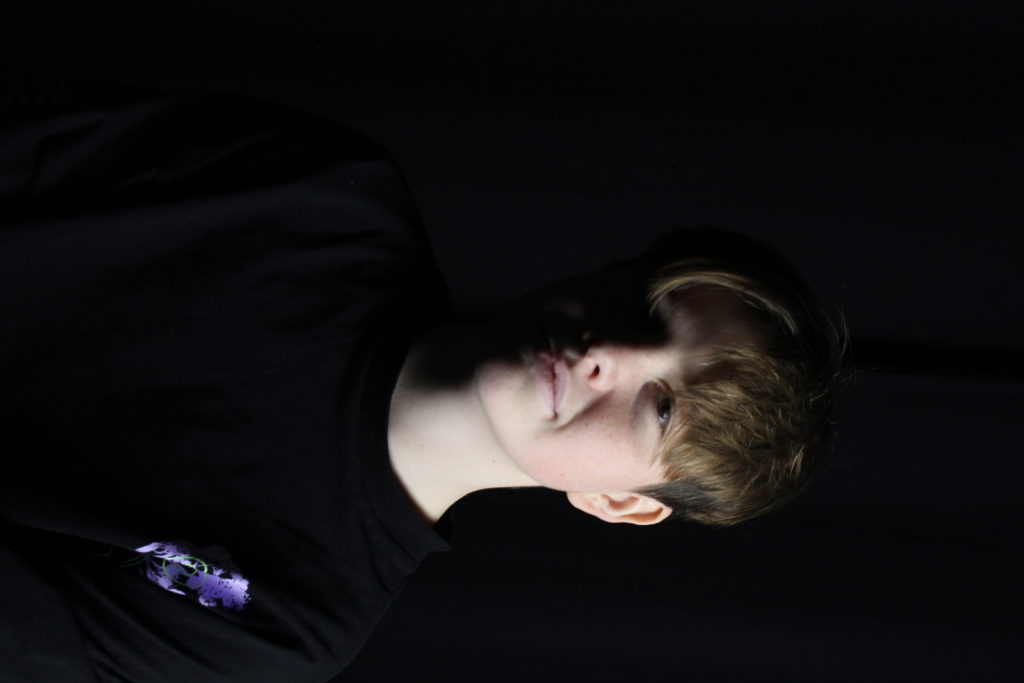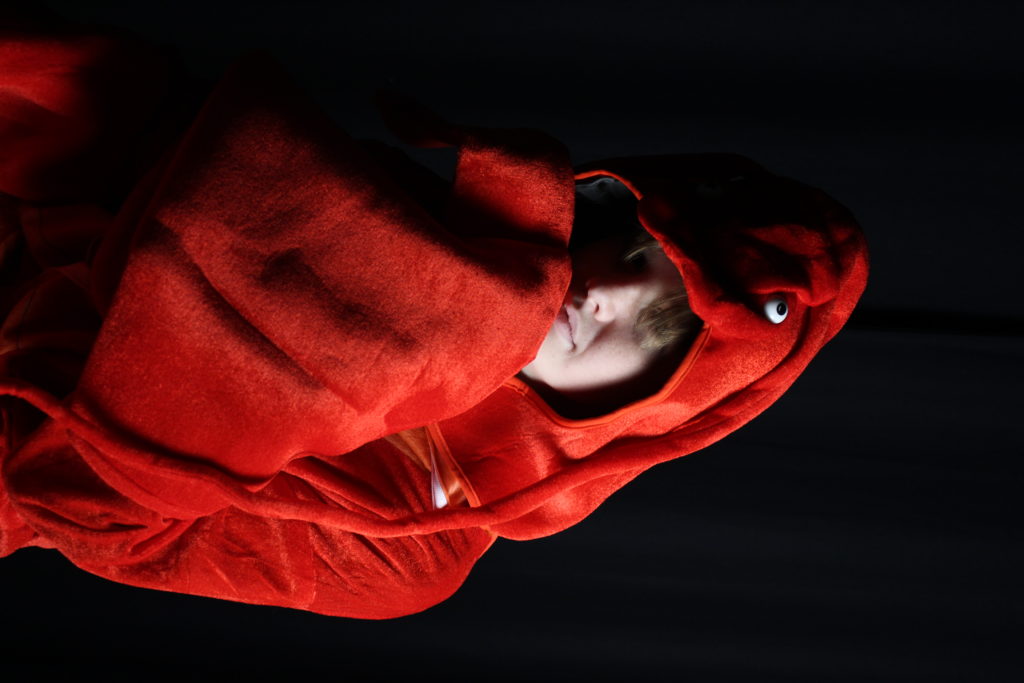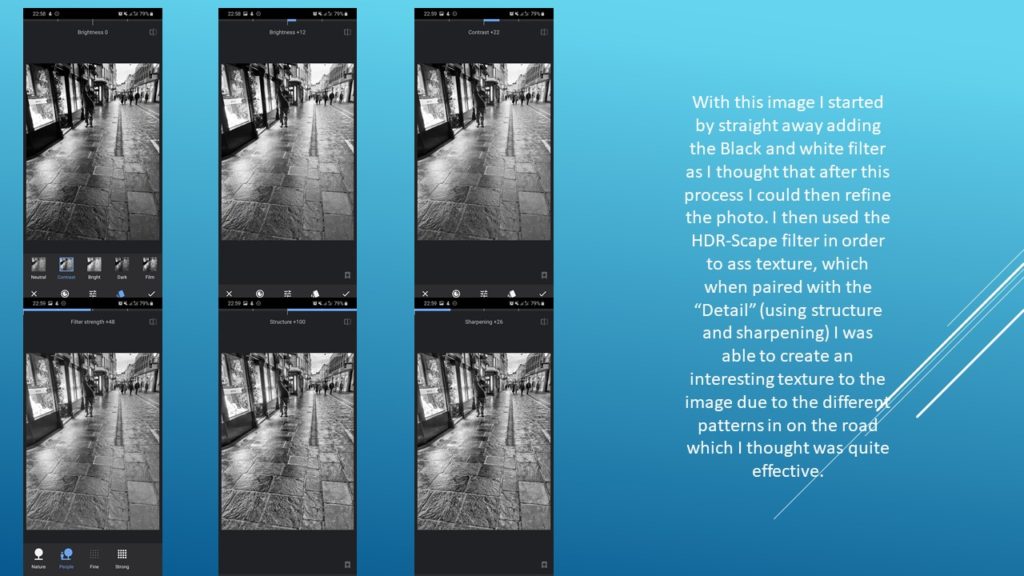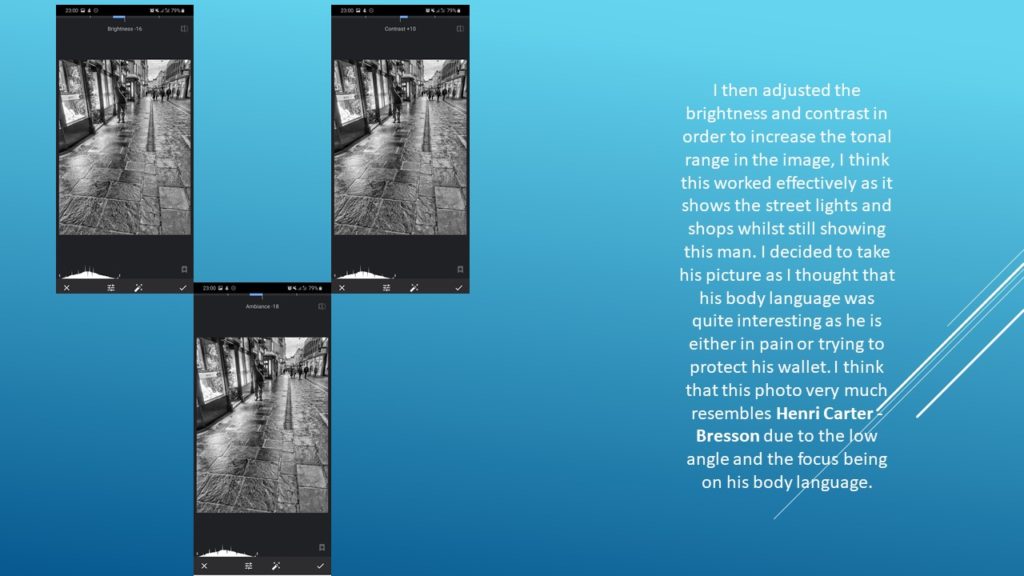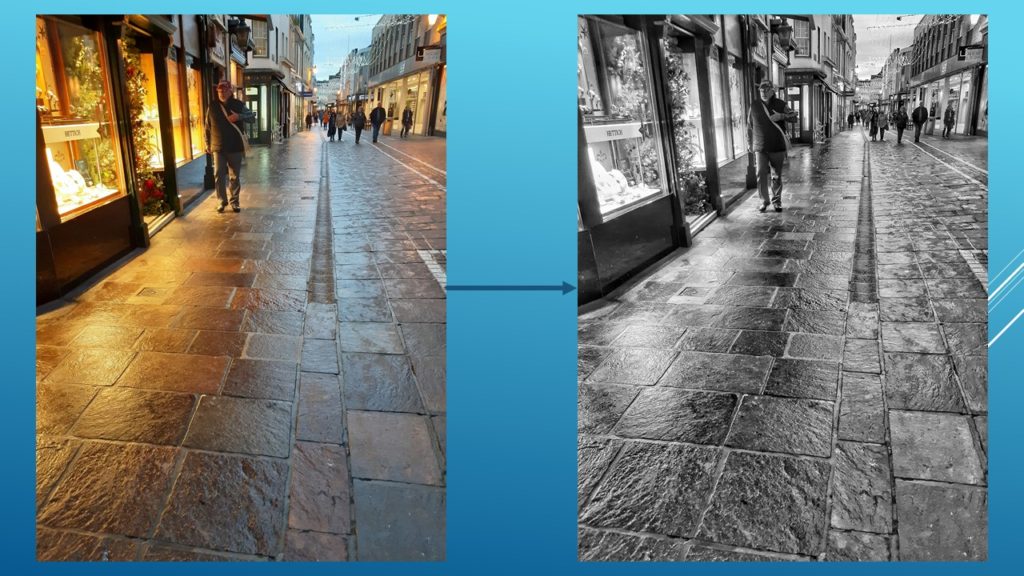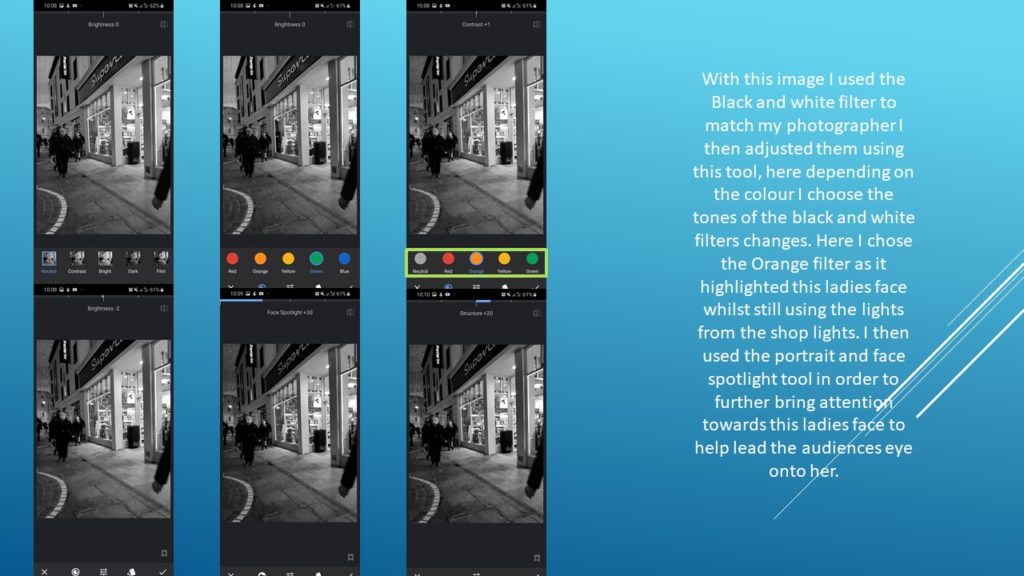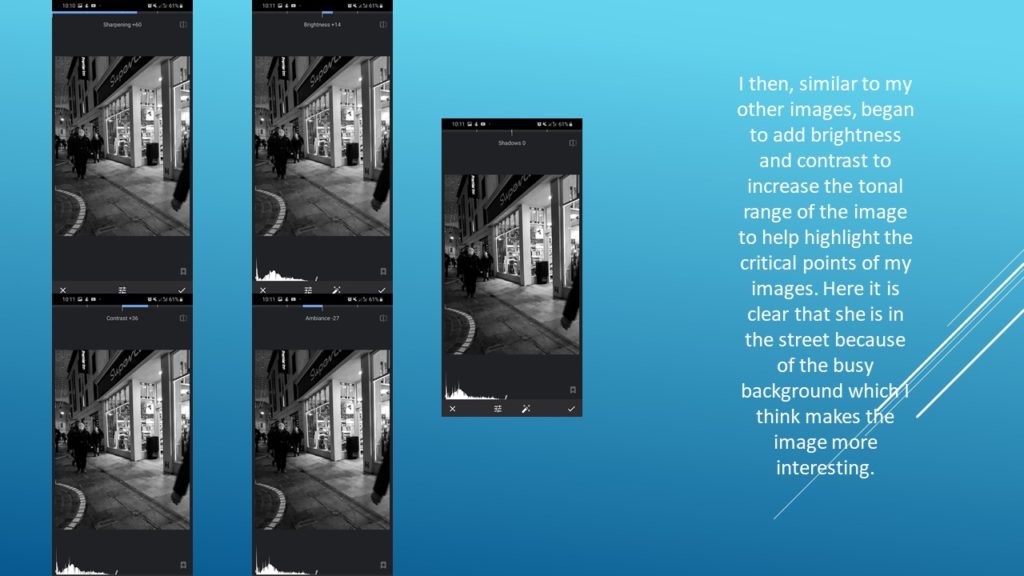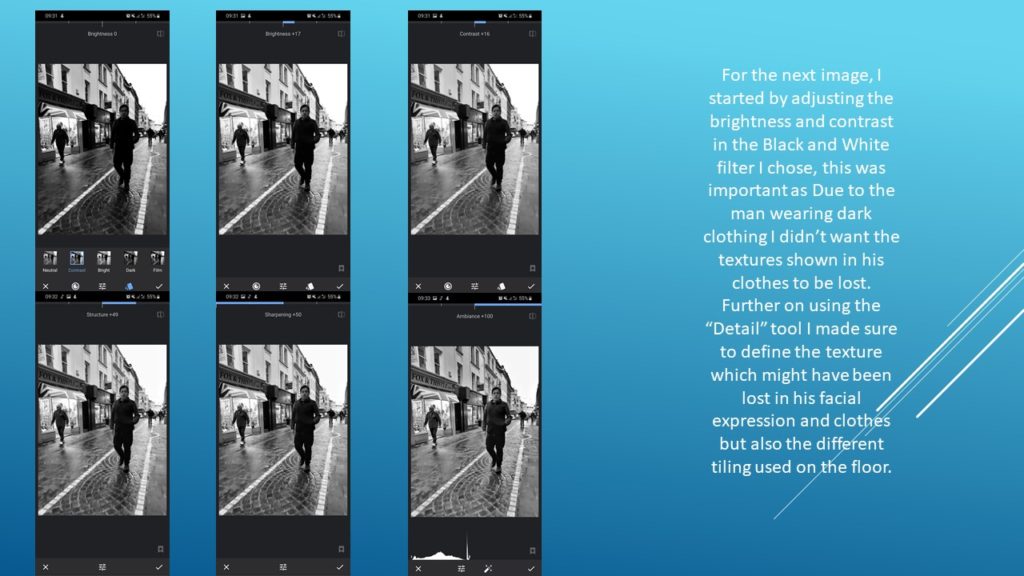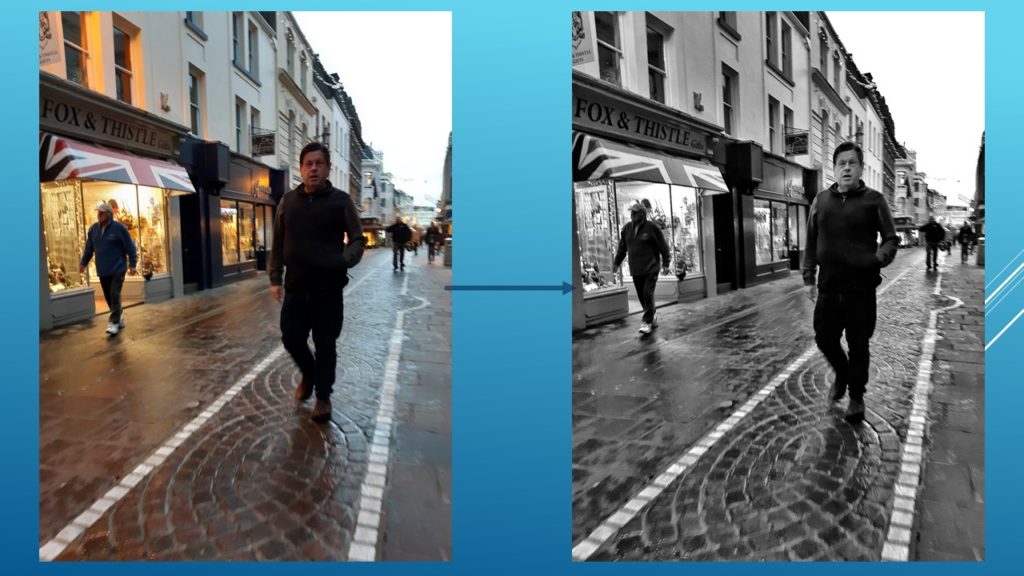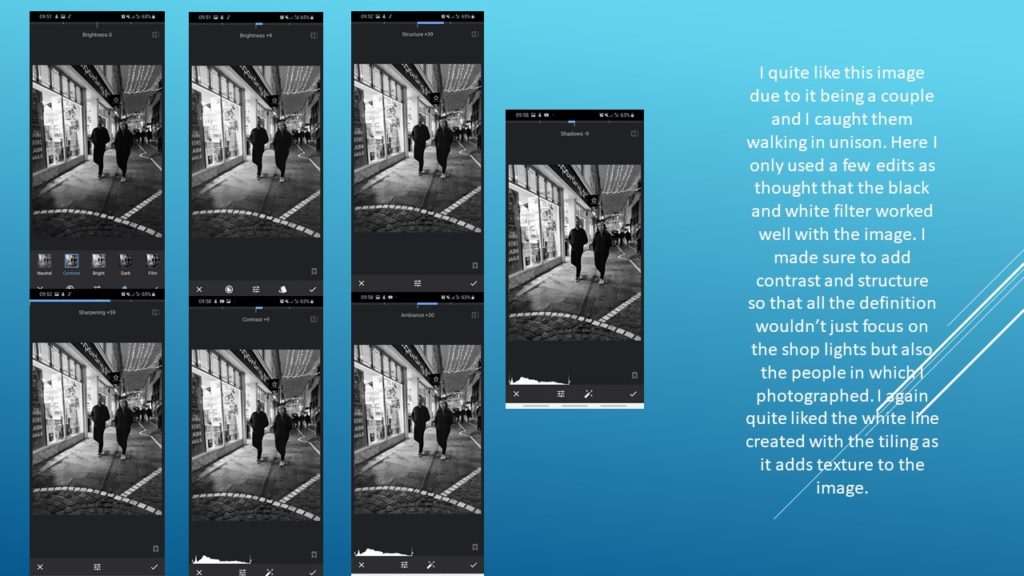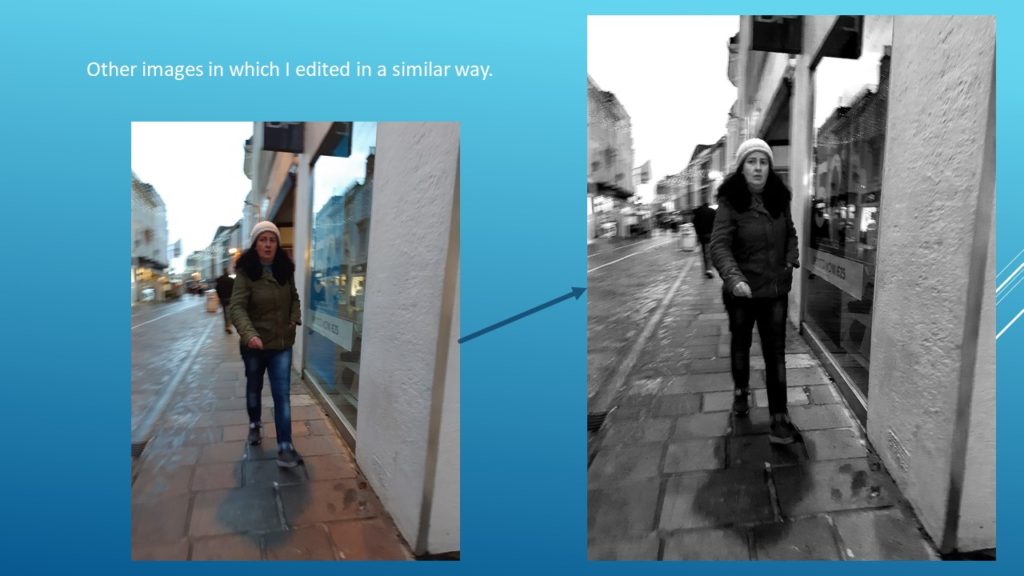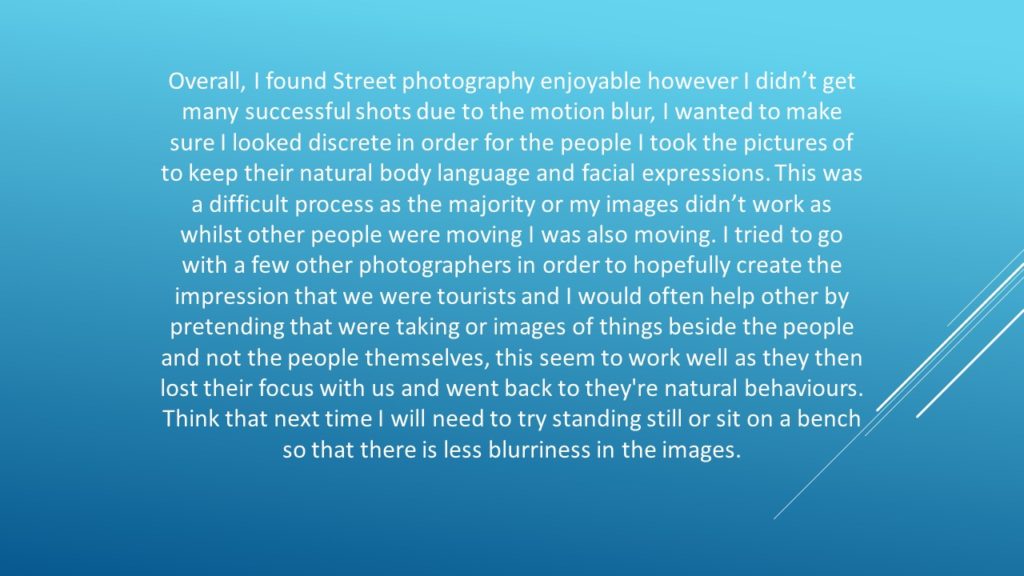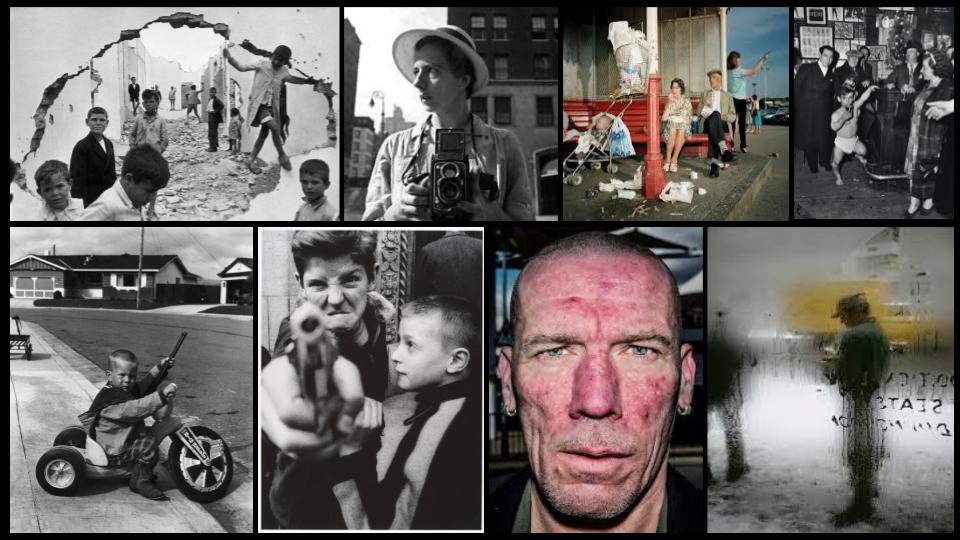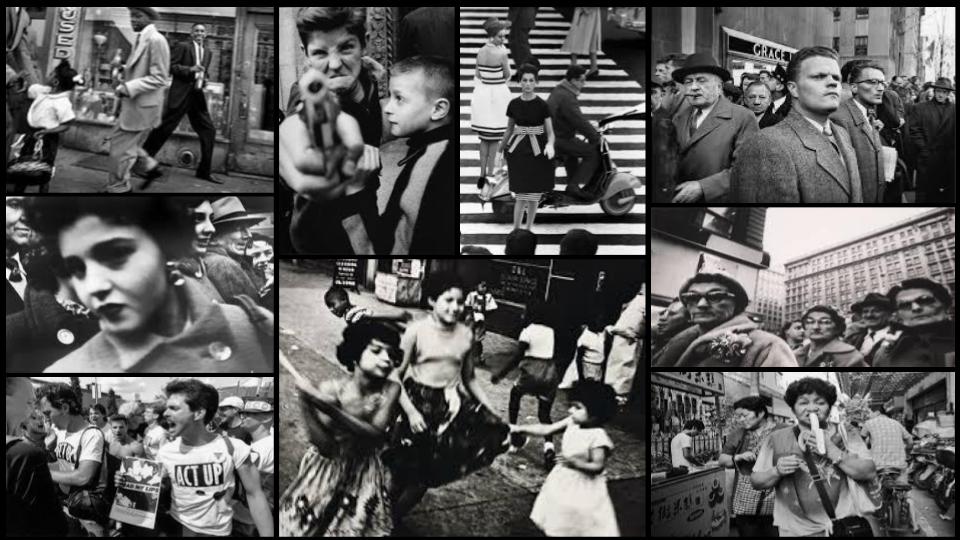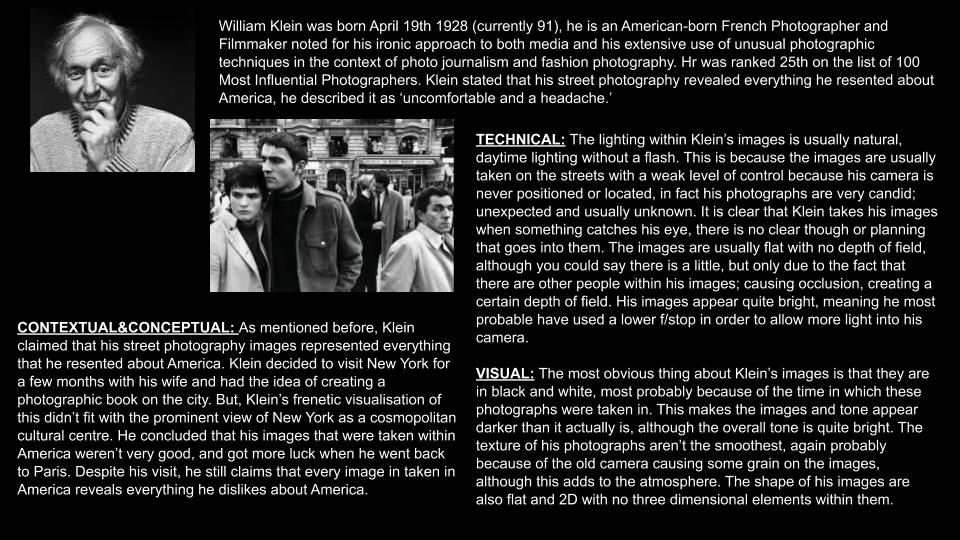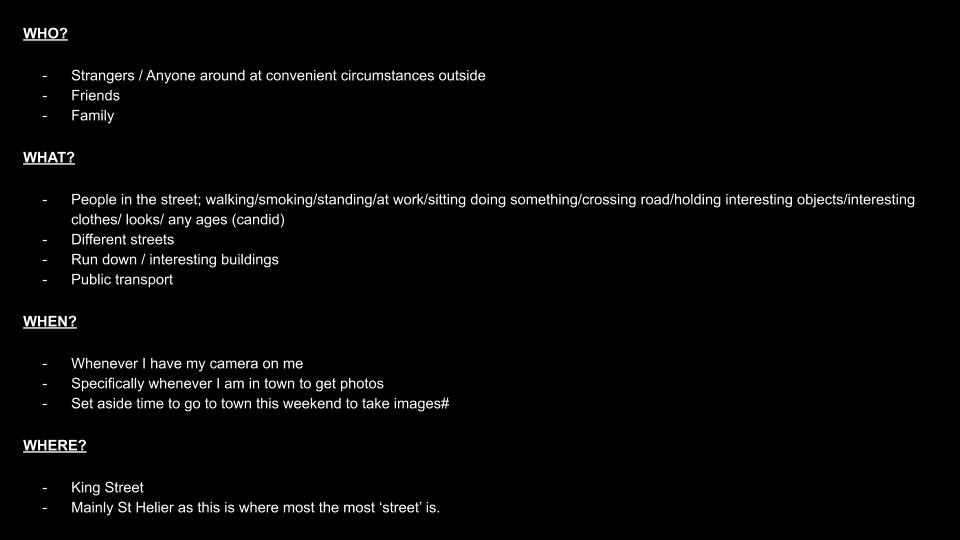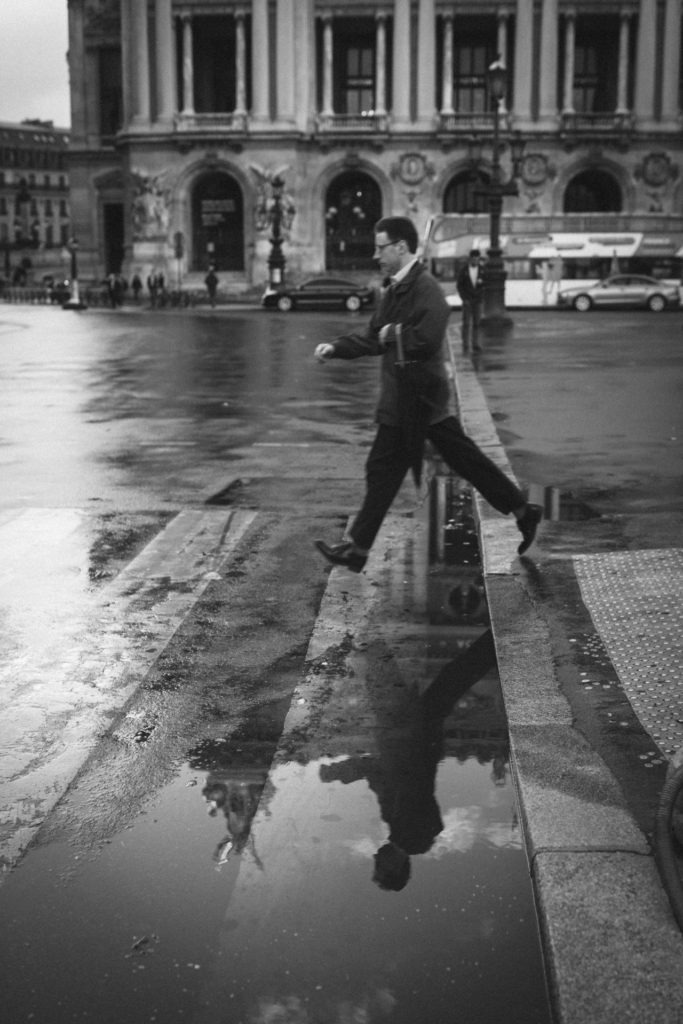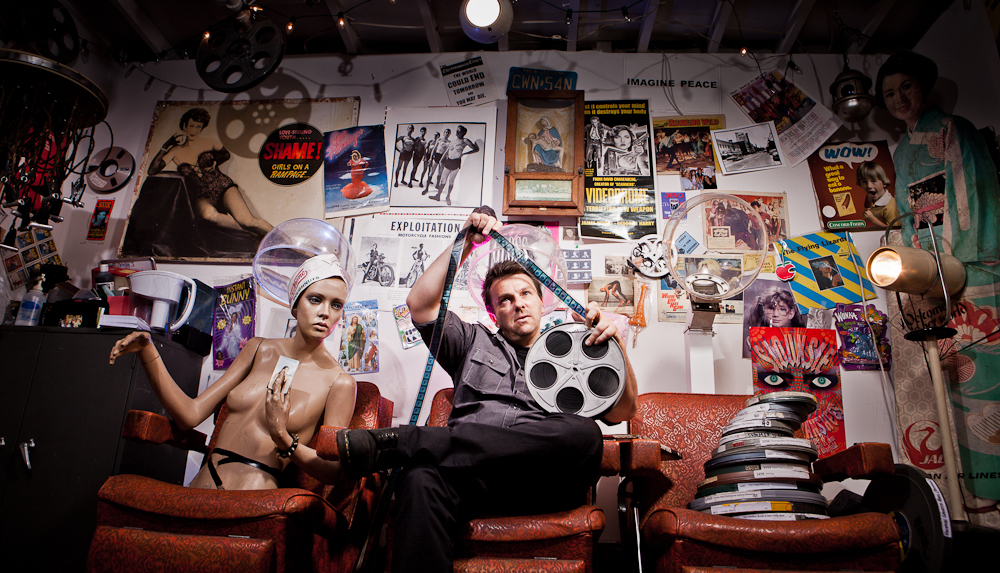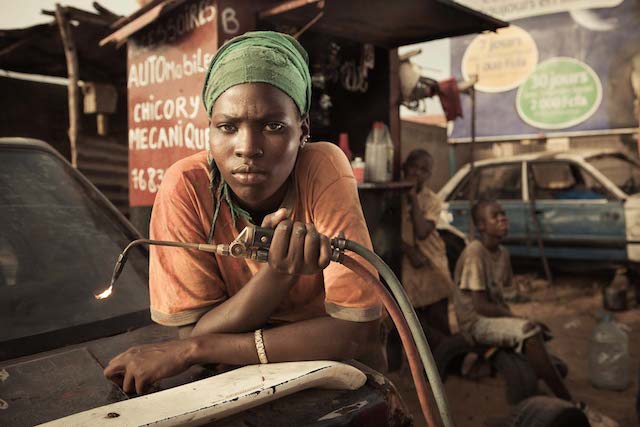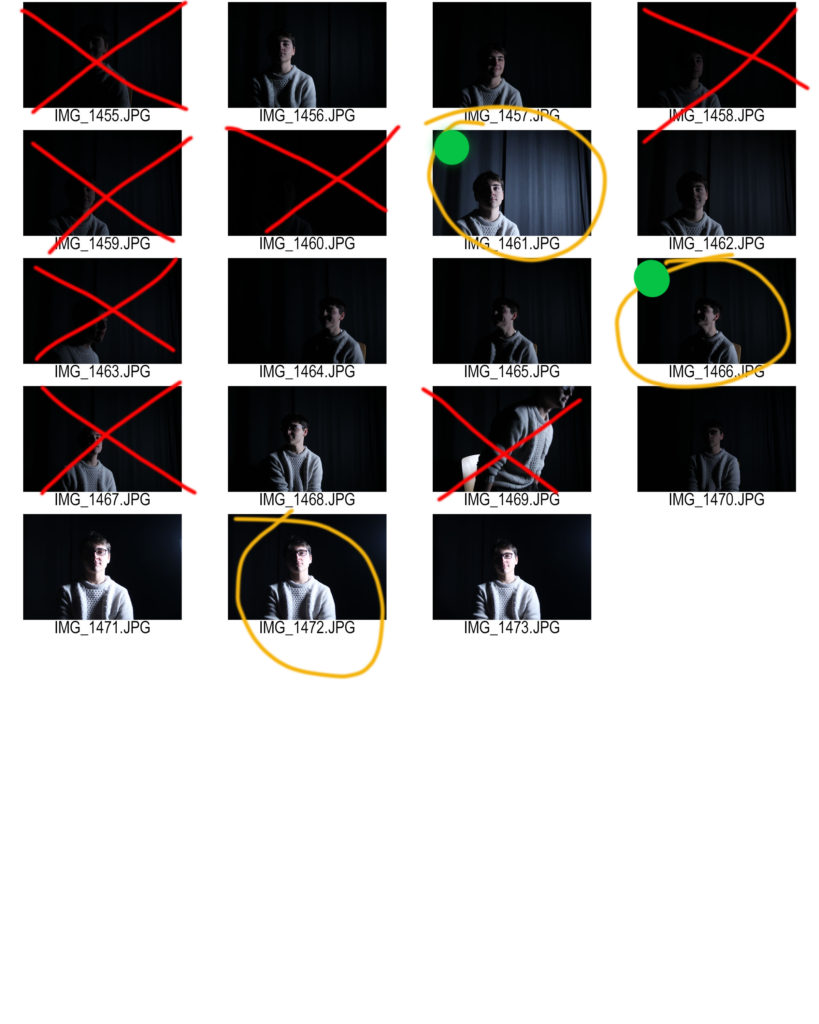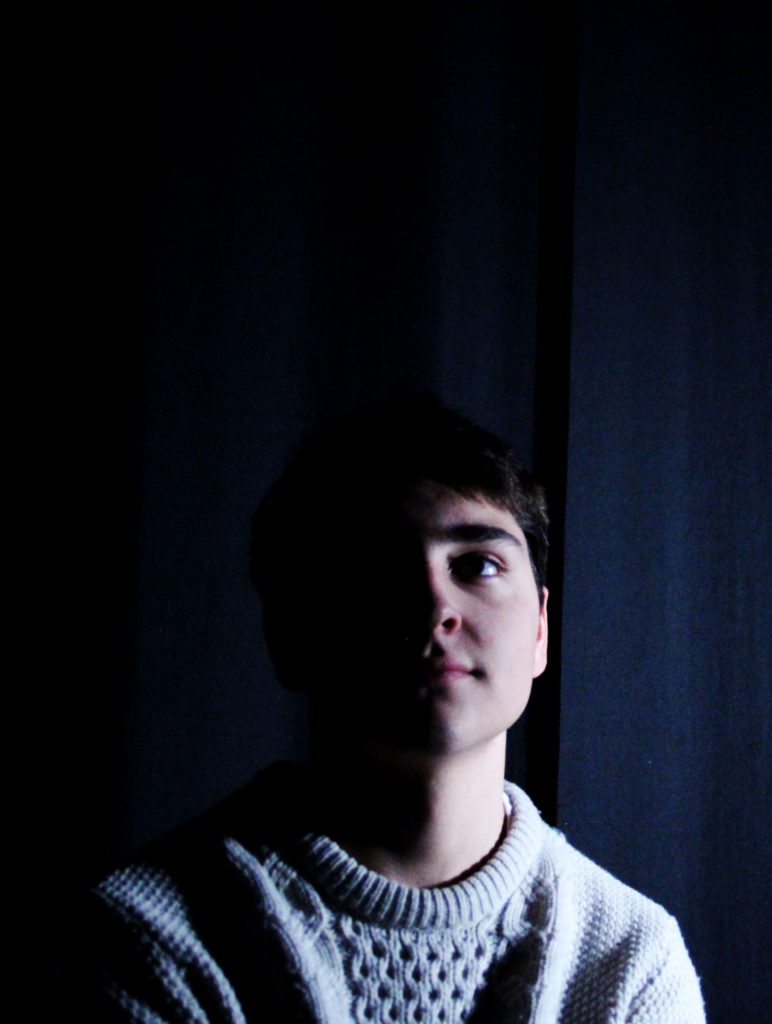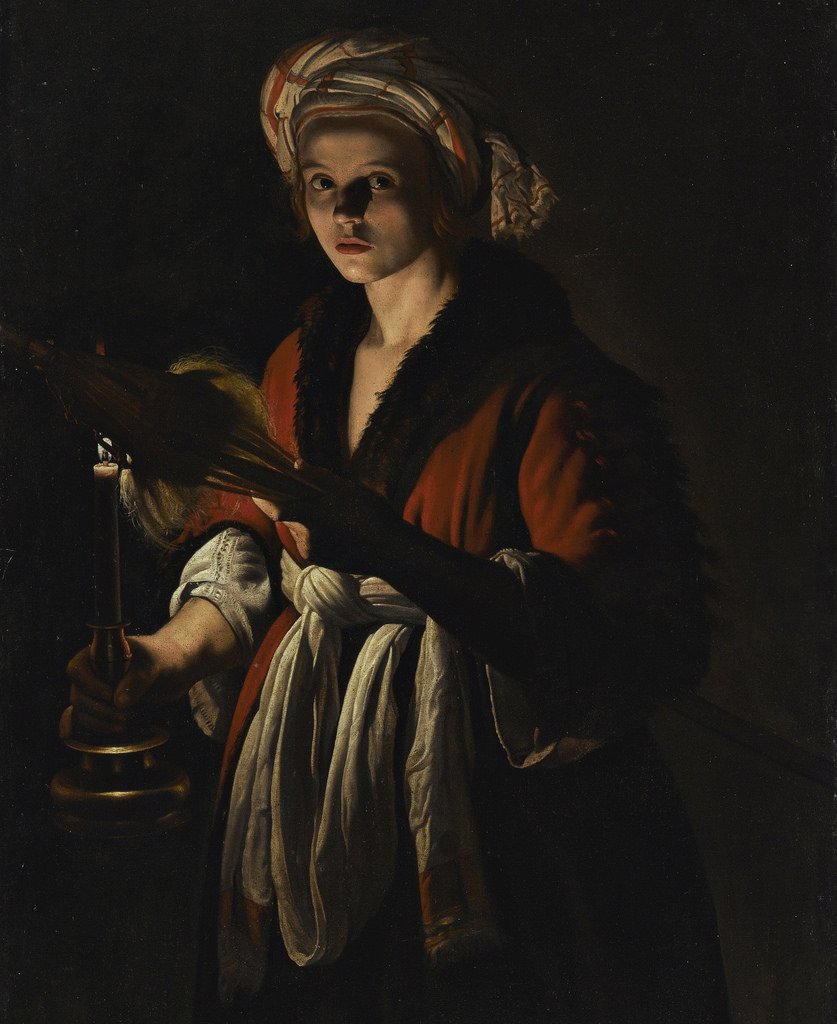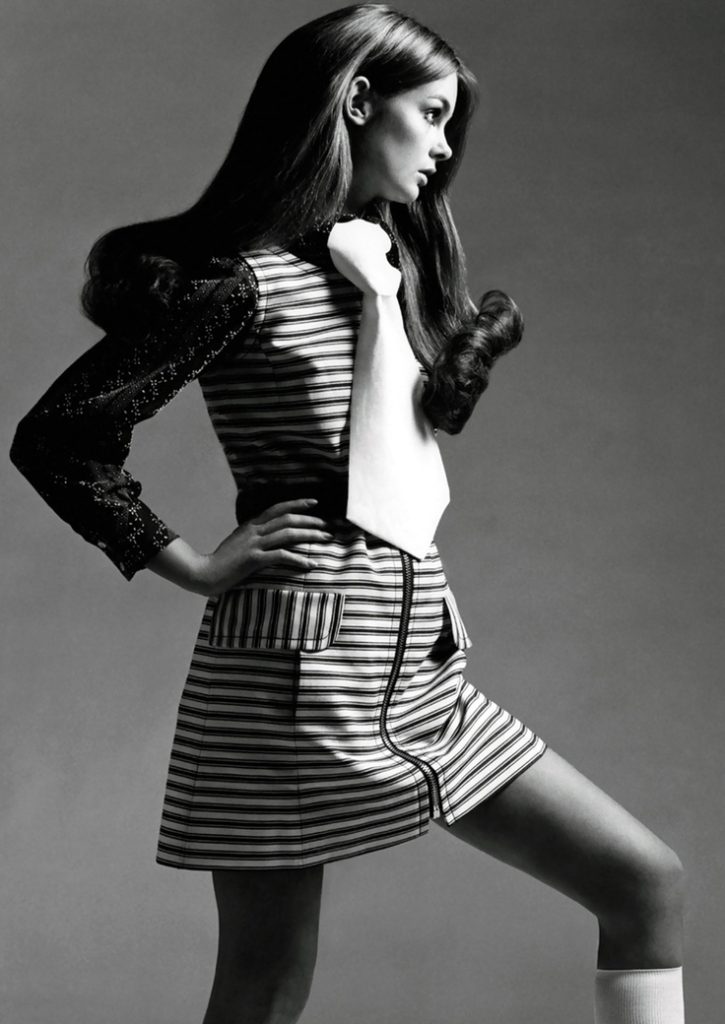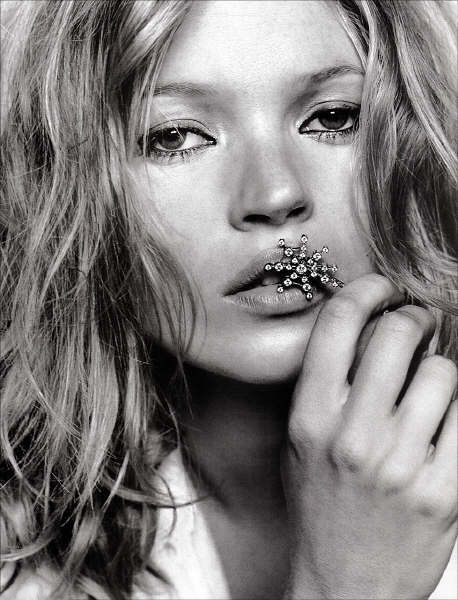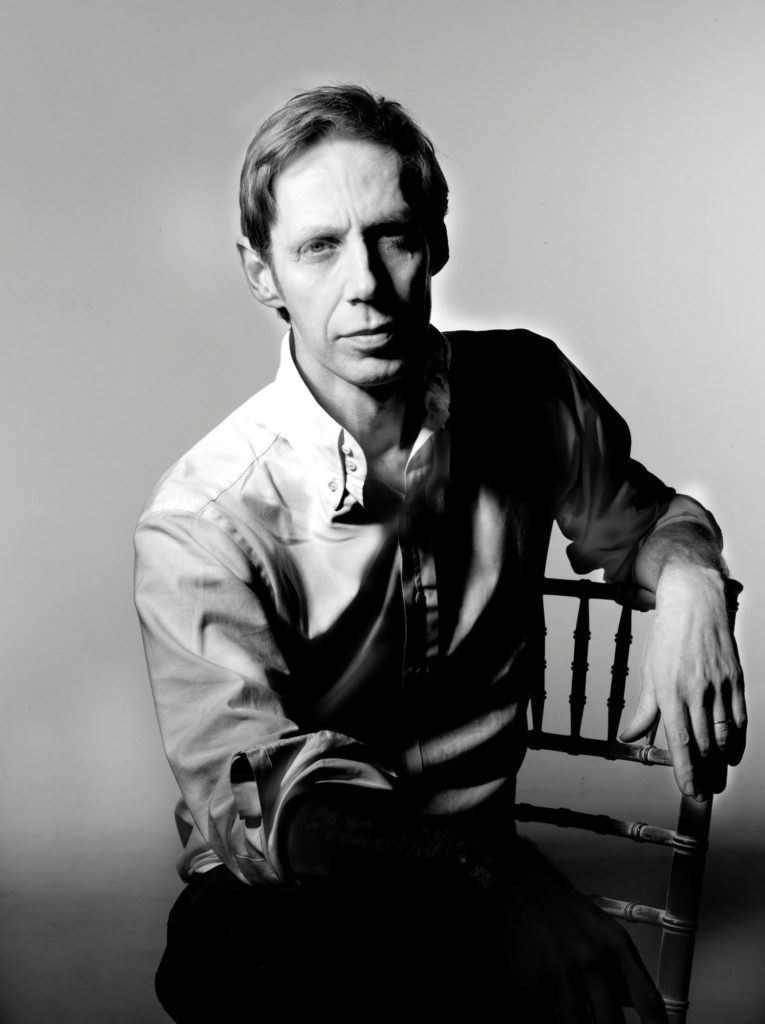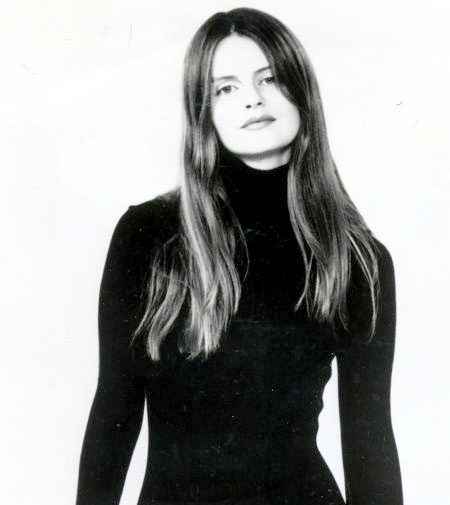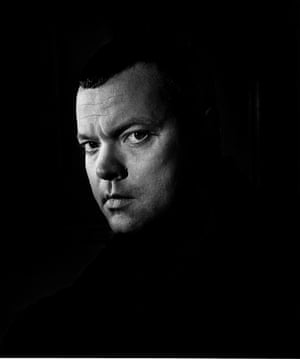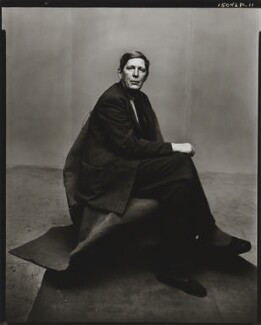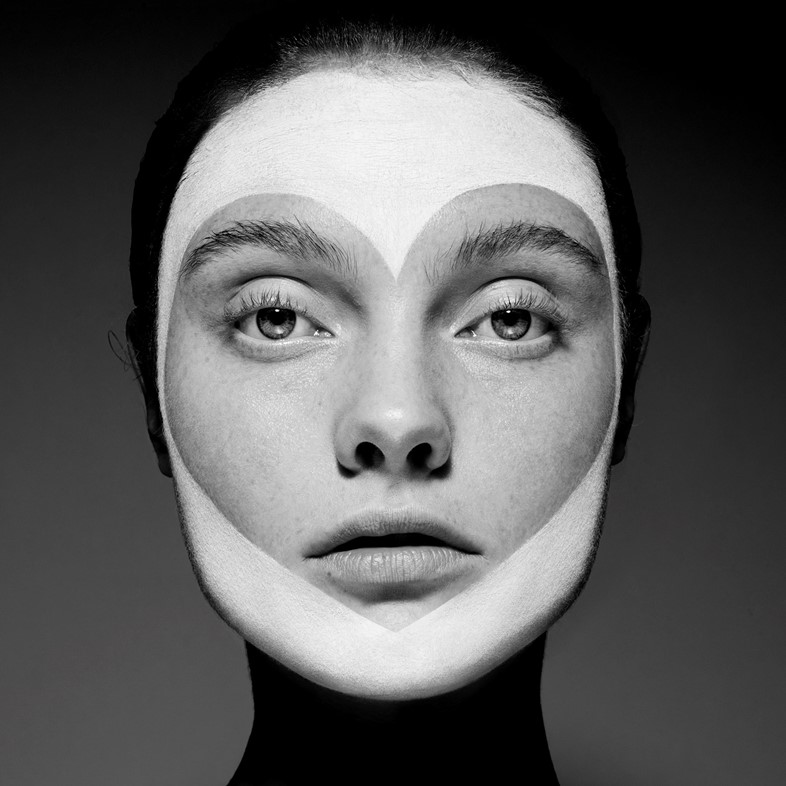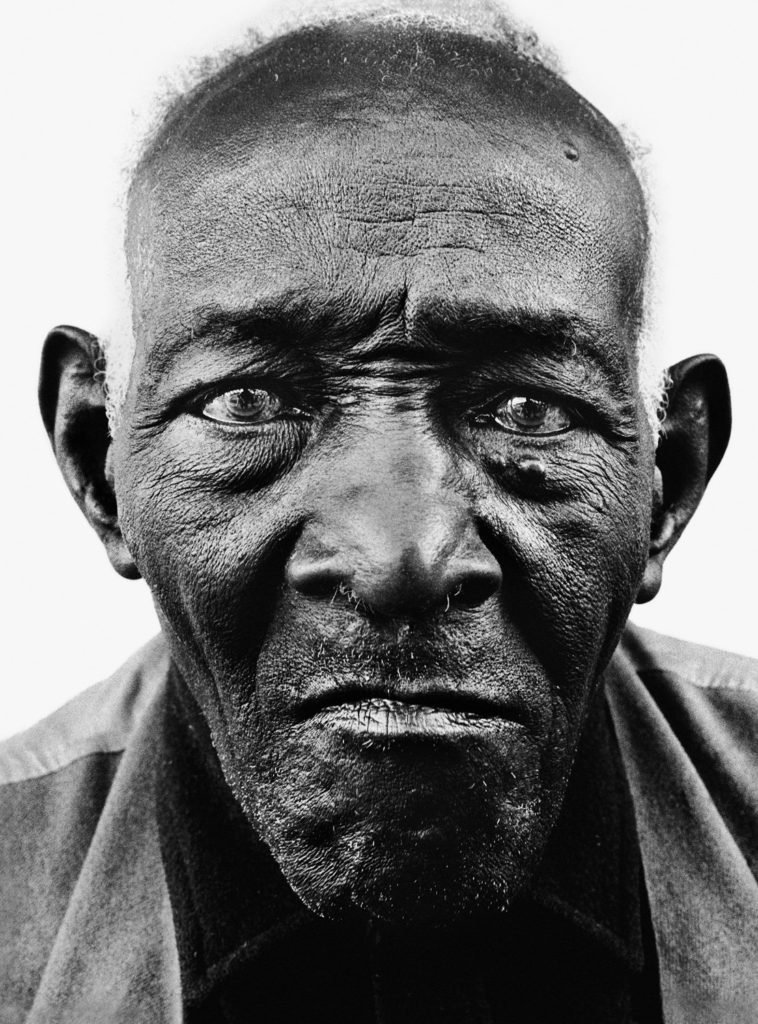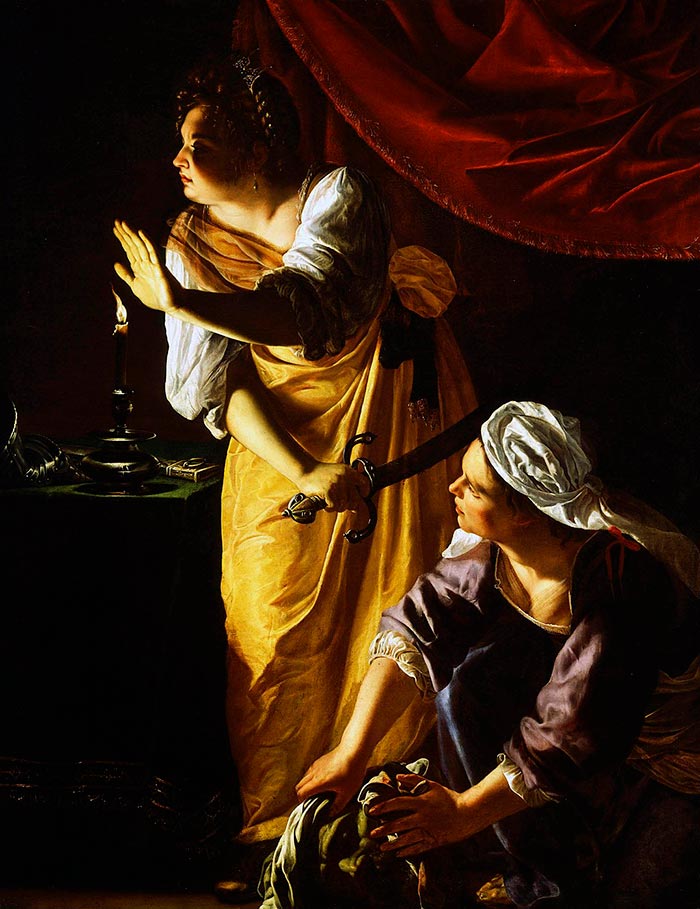To create a collection of flash portrait images, we had to ensure the studio and camera was specifically set up to create successful outcomes. Our aim was to use high-key lighting techniques to create outcomes that eliminated the shadows completely. We used a white infinity backdrop for the background of the image, two flash unit lights, placed the camera on a tripod and used a transmitter to control the flash lights when the picture is being taken. The tripod allows the camera to be steady and still, to create focused and crisp outcomes, not affected by any movement. The camera settings used were ISO 200, aperture set to F10, and shutter speed 1/100. Furthermore, the white balance was set to flash mode and the camera was adjusted using auto-focus. These specific settings allowed the image to be perfectly exposed and highlight the form and dimension of the subject by illuminating them. This set up is an example of two point lighting; consisting of two light sources, one being a key light and the other acting as a fill light. The key light is the primary source used to illuminate the subject, whilst the fill light is the secondary source that can help to control shadows. The subject is going to be front-lit due to the positioning of the light sources and we will be using hard/direct light. The chair where the subject is placed has been positioned in the center of the backdrop to ensure the subject is the main focus in the foreground, ensuring a balanced composition.
